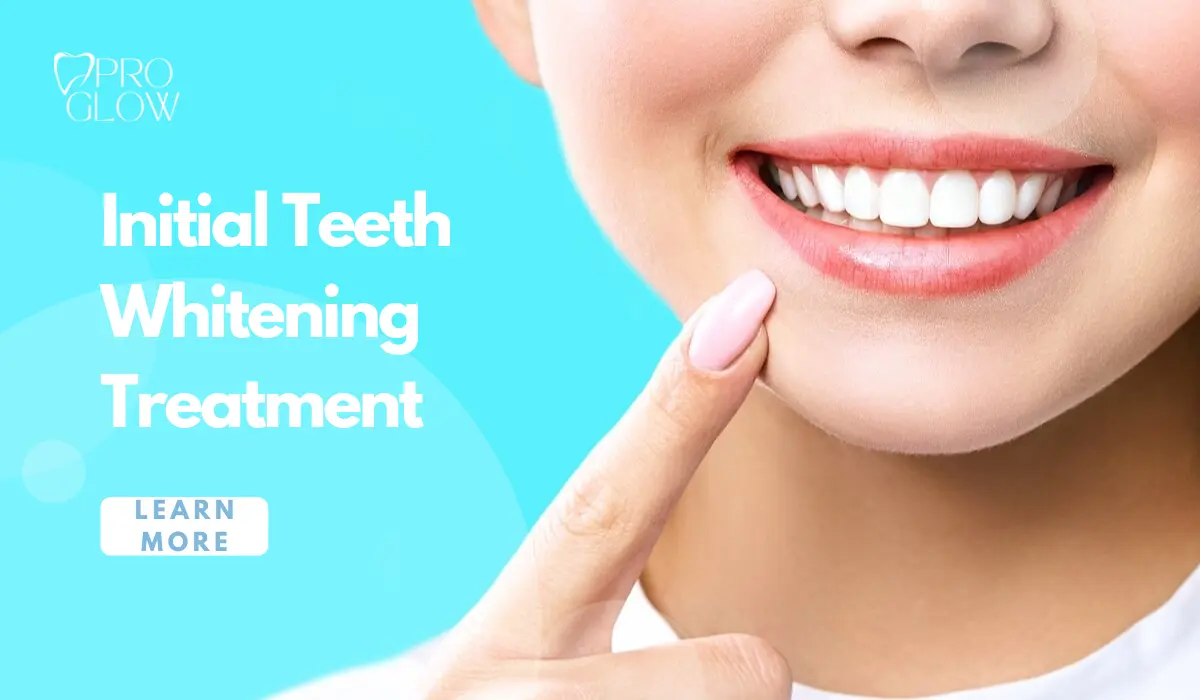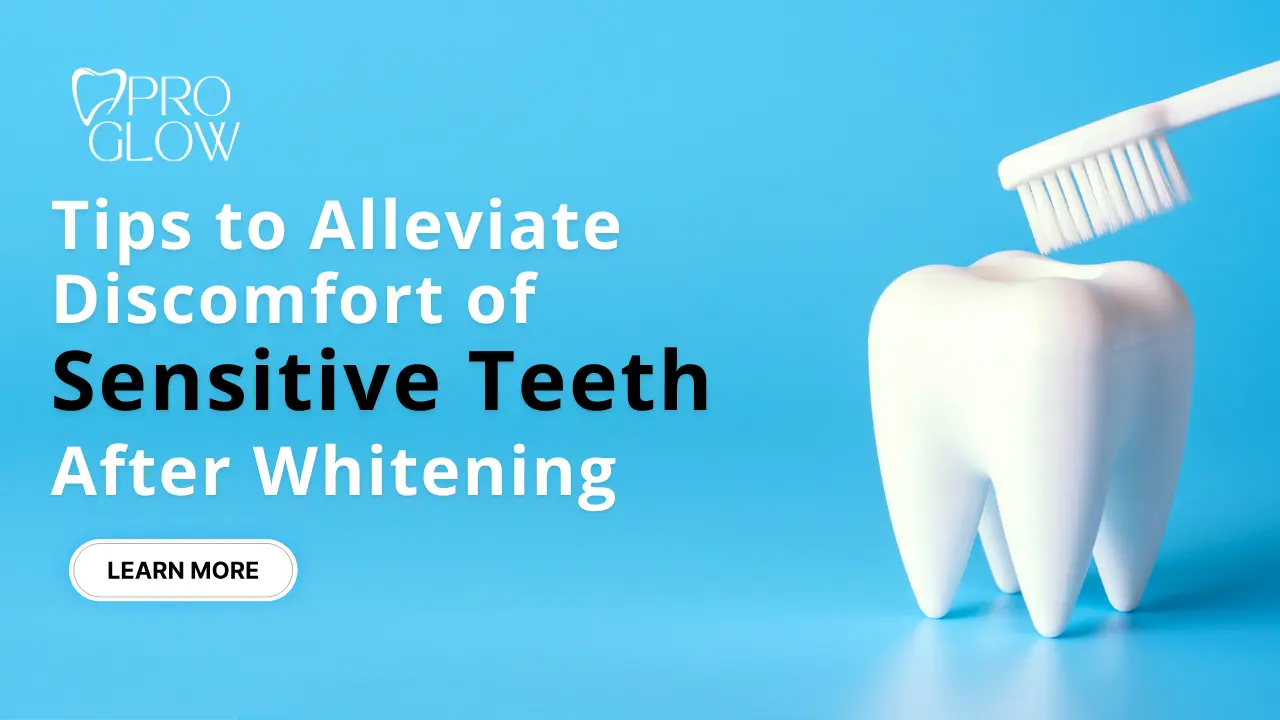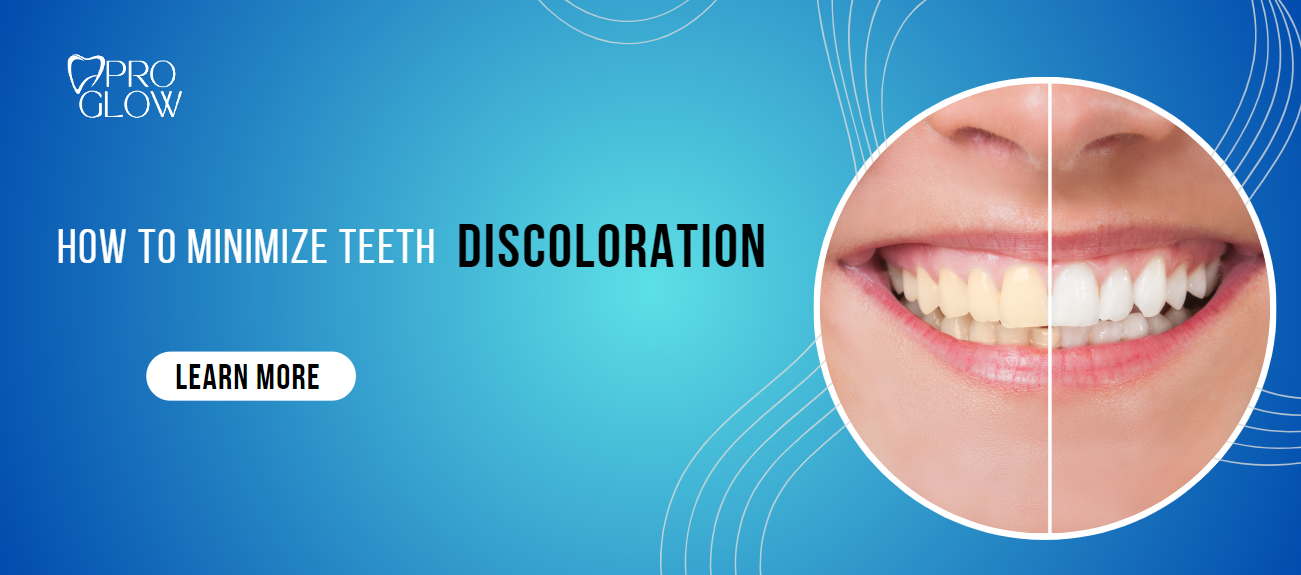Are you ready to flash a dazzling smile that lights up any room? Welcome to Pro Glow Teeth Whitening, where we believe every smile has the power to leave a lasting impression. If you’re considering teeth whitening for the first time, you’re in the right place. Let’s dive into what you can expect from your initial teeth whitening treatment and how to ensure you get the brightest results.
Understanding Teeth Whitening
Teeth whitening is a cosmetic dental procedure designed to lighten the color of your teeth. It’s one of the most popular and non-invasive ways to enhance your smile. At Pro Glow, we use advanced whitening techniques to remove stains and discoloration, giving you a radiant smile.
Why Teeth Whitening?
Life can be tough on your teeth. Coffee, tea, red wine, and even certain fruits can leave your teeth looking dull and stained. Smoking and aging also contribute to the yellowing of teeth. But don’t worry! Teeth whitening can help reverse these effects, boosting your confidence and making your smile shine.
Your Initial Consultation
Before your first whitening treatment, you’ll have a consultation with one of our skilled professionals. This is a crucial step to ensure that teeth whitening is suitable for you. During the consultation, we will:
- Examine your teeth and gums to ensure they are healthy.
- Discuss your dental history and any concerns you may have.
- Determine the cause of your teeth discoloration.
- Set realistic expectations for your whitening results.
The Whitening Process
Once we’ve established that you’re a good candidate for teeth whitening, we’ll schedule your treatment. Here’s what you can expect:
- Preparation: We’ll start by cleaning your teeth to remove any surface plaque and debris. This ensures that the whitening agent can work effectively.
- Protection: We’ll protect your gums and other soft tissues in your mouth. This might involve placing a rubber shield or a protective gel over your gums to prevent irritation from the whitening agent.
- Application: The whitening process involves applying a special gel to your teeth. This gel contains hydrogen peroxide or carbamide peroxide, which breaks down stains and lightens the color of your teeth. Depending on the method chosen, we may use a laser or light to enhance the whitening process.
- Waiting Period: You’ll sit back and relax while the whitening agent works its magic. This can take anywhere from 15 to 60 minutes, depending on the degree of staining and the method used.
- Rinse and Reveal: After the treatment, we’ll remove the gel, and you’ll rinse your mouth. You’ll notice an immediate difference in the color of your teeth.
Aftercare Tips
To maintain your newly brightened smile, it’s essential to follow some aftercare tips:
- Avoid Staining Foods and Drinks: For at least 48 hours after treatment, try to avoid coffee, tea, red wine, and other staining foods and beverages.
- Maintain Good Oral Hygiene: Brush and floss regularly to keep your teeth clean and free from plaque.
- Use Whitening Toothpaste: Incorporate a whitening toothpaste into your routine to help maintain your results.
- Regular Dental Checkups: Continue to visit your dentist regularly to keep your teeth and gums healthy.
Potential Sensitivity
Some people may experience sensitivity after their whitening treatment. This is completely normal and usually temporary. If you experience any discomfort, consider using toothpaste designed for sensitive teeth and avoid very hot or cold foods and drinks for a few days.
When to Schedule Your Next Treatment
Teeth whitening isn’t a one-time fix. Over time, your teeth can become stained again, especially if you enjoy foods and drinks that cause staining. Generally, touch-up treatments are recommended every 6 to 12 months. We’ll work with you to create a whitening plan that fits your needs and helps you maintain your brilliant smile.
Why Choose Pro Glow?
At Pro Glow Teeth Whitening, we’re committed to giving you the best possible results in a comfortable and friendly environment. Our experienced team uses the latest technology and techniques to ensure your whitening treatment is effective and safe. We pride ourselves on our personalized approach, tailoring each treatment to meet your specific needs.
Ready for Your Brightest Smile?
If you’re ready to transform your smile and boost your confidence, schedule your initial teeth whitening treatment with Pro Glow today. We’re here to answer any questions and guide you through the process, ensuring you achieve the dazzling smile you’ve always wanted.
Give us a call or visit our website to book your consultation. Let Pro Glow Teeth Whitening be your partner on the journey to a brighter, more confident you!





